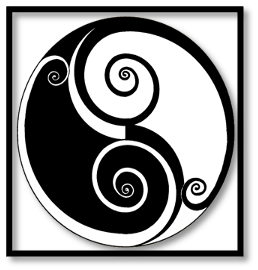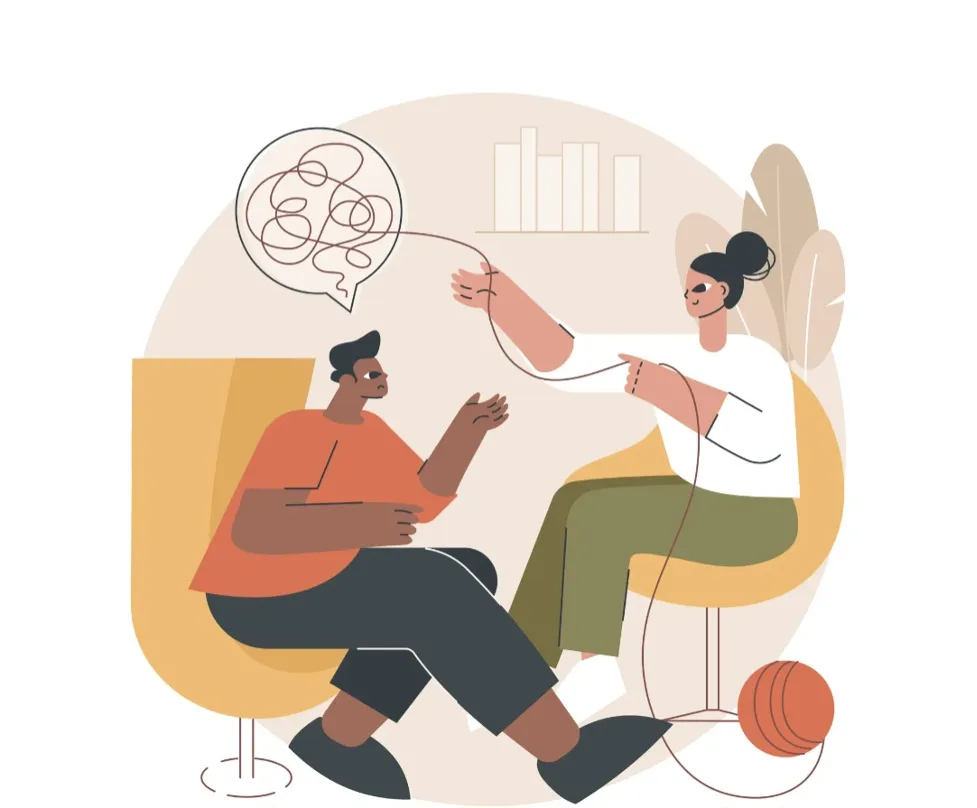Each person is unique and has a unique experience of himself and the world around him. That is why it is important to be bold and creative enough to create a “new and unique” therapy for each client.
In this creative process, there are certain techniques that we have available for use when working with clients, but above all it is important to monitor the clients’ experience. Otherwise, if we rely only on techniques, the completeness of the gestalt approach will be missed.
Expression
It is the first step in any therapy, and it is about open expression of the inner experience. Given that in Gestalt therapy we are talking about man as a whole, the same experience can be seen through the words, the representations, the body posture and movements, the voice and the tone with which speaking, breathing, body organs.
Through these signs that speak of inner experience such as: ragged breathing, hair picking, low voice, foot tapping, the therapist can encourage the client’s awareness. Only when expressed, inner experience can take place in any therapeutic interaction.
Differentiation
In the second stage, we work on recognizing the conflicting parties, separation and insight into their interaction. The goal is to help the client to recognize the alienated, unacknowledged aspects of the self through experimenting and suggesting activities with which he will be able to more clearly see that.
Confirmation (affirmation)
We encourage the client to acknowledge and accept the unacknowledged parts which come into awareness, confirm them and identify with them. That is, everything encourages him to include himself in the experiences, without suggesting that he must like what comes up as he acknowledges the “forgotten” part from myself. What often inhibits self-recognition is the conviction that a person it must be permanent, uncontradicted. With the recognition of the conflicting or the changing elements inside, the client can also recognize some life pattern that he hid behind the attempt to solve the specific problem.
With the awareness and confirmation of the phenomenon that is experienced, comes awareness and confirming one’s own responsibility which actually represents an ability to answer and choose your own reactions.
Selection and integration
When there is clarity about the parts that differ, the client is in a position to make behavioral choices. That solves the specific problem, but the therapist’s goal is awareness of what the client is doing, how animals are doing it patterns that can arise from this awareness.
When internal integration occurs, tension is reduced and performance is achieved calmness, which is often a signal of a completed gestalt.
The following is an example of the therapeutic process seen through the four stages: The therapist notices a playful movement of the client’s feet while the rest of the body parts are still. This signals some process happening inside (expression). It can be suggested to intensify such hovering to the feet and to give them life and voice (differentiation), after which the client can be encouraged to involve himself in experiencing “I am mine playful feet – I am freedom and openness to new things. I am responsible for her and I allow myself my freedom” (confirmation).
Integration is a part where that aspect as part of the whole and making a choice in the specific situation, but also awareness of how and when they prevent their freedom this pattern appears.

